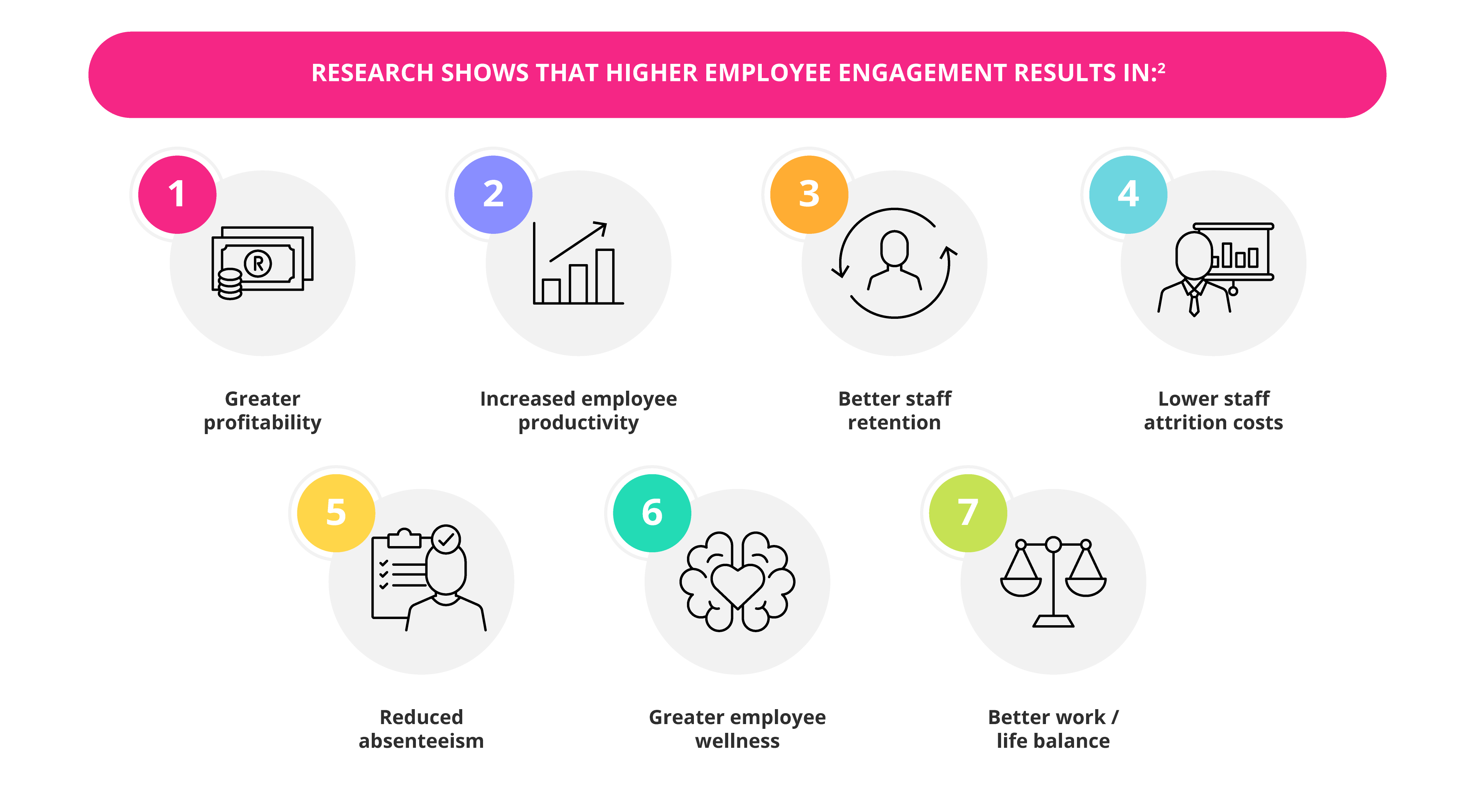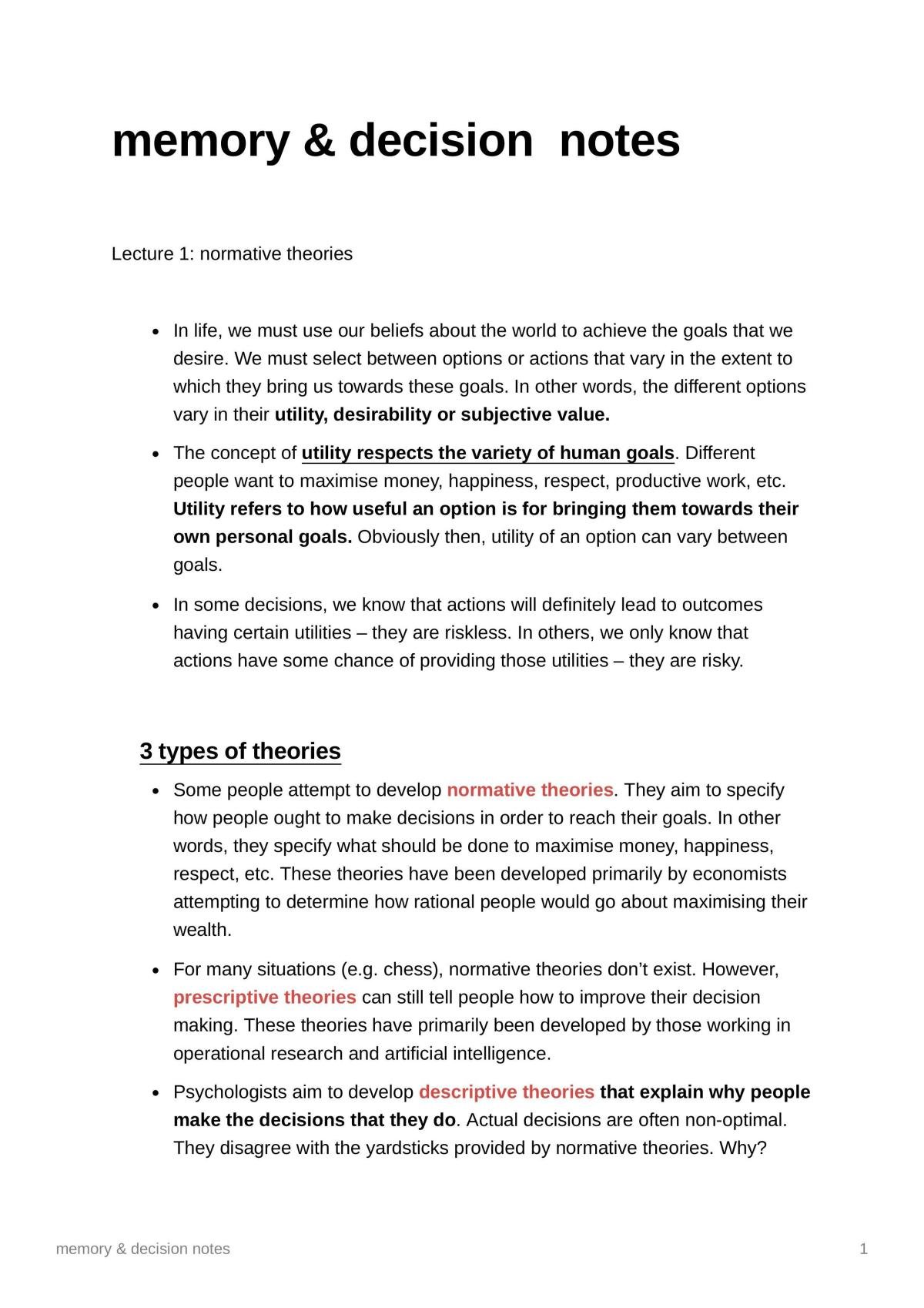Investing In Middle Management: A Key To Enhanced Productivity And Employee Retention

Table of Contents
The Crucial Role of Middle Management in Driving Productivity
Middle managers act as the vital bridge between upper management's strategic vision and the frontline employees responsible for its execution. They translate high-level goals into actionable tasks, provide guidance and support, and ensure smooth workflow. A strong middle management team is the backbone of any efficient and productive organization.
Empowering Middle Managers for Improved Team Performance
Empowered middle managers are key to unlocking peak team performance. This means delegating not only tasks but also the authority and responsibility for their completion. This fosters ownership and initiative among team members. Effective empowerment strategies include:
- Clear communication of expectations: Establishing clear, measurable goals and providing regular feedback.
- Effective performance management systems: Implementing fair and consistent performance evaluations and providing constructive feedback for improvement.
- Providing the necessary resources and tools: Equipping middle managers with the tools, training, and support they need to succeed.
By empowering middle managers, organizations foster a more productive and engaged workforce. Employees feel valued and heard, leading to increased motivation and job satisfaction.
Investing in Training and Development for Middle Managers
Upskilling and reskilling middle managers is a crucial investment. Providing them with the right skills and knowledge directly translates to better team management and productivity gains. This might include:
- Leadership training programs: Equipping them with the skills to motivate, inspire, and guide their teams effectively.
- Communication and conflict resolution workshops: Enhancing their ability to handle interpersonal challenges and facilitate effective team communication.
- Strategic planning and decision-making courses: Enabling them to contribute more effectively to the overall strategic direction of the organization.
Investing in training and development is not just about improving individual skills; it's about building a more capable and effective middle management team that can drive significant improvements in overall productivity.
Investing in Middle Management for Improved Employee Retention
Employee retention is directly impacted by the quality of middle management. Investing in this layer isn't just about boosting productivity; it's about cultivating a positive and supportive work environment that keeps top talent engaged and motivated.
Fostering a Supportive and Engaging Work Environment
A positive work culture, nurtured by strong middle management, is critical for employee retention. Middle managers are the face of the organization for most employees; their actions and attitudes significantly influence overall morale and job satisfaction. Key aspects include:
- Mentorship programs: Pairing experienced employees with newer ones to provide guidance and support.
- Open communication channels: Encouraging open dialogue and feedback to address concerns proactively.
- Opportunities for growth and development: Providing opportunities for professional advancement and skill development, demonstrating a commitment to employee growth.
A supportive middle management team, actively invested in their employees' well-being and development, significantly reduces employee turnover.
Recognizing and Rewarding Middle Managers
Valuing middle managers is crucial for fostering loyalty and reducing attrition. This involves not only fair compensation but also recognizing and rewarding their contributions:
- Competitive salaries and benefits: Offering a compensation package that is competitive within the industry.
- Performance-based bonuses: Rewarding achievements and exceeding expectations.
- Public acknowledgment of achievements: Recognizing and celebrating successes to boost morale and motivation.
By valuing their middle managers, organizations demonstrate a commitment to their employees, fostering a culture of loyalty and reducing the risk of losing valuable team members.
Measuring the ROI of Investing in Middle Management
Tracking the effectiveness of investments in middle management is essential to justify the expenditure and demonstrate its impact on the bottom line.
Key Performance Indicators (KPIs)
Several KPIs can measure the effectiveness of training and development initiatives:
- Employee satisfaction scores: Gauging employee morale and job satisfaction through regular surveys.
- Employee retention rates: Tracking the percentage of employees who remain with the organization over time.
- Productivity metrics (e.g., output per employee): Measuring the efficiency and output of individual employees and teams.
- Team performance evaluations: Assessing the overall performance of teams managed by middle managers.
By tracking these KPIs, organizations can build a strong business case for continuing investment in middle management development.
Return on Investment (ROI) Calculation
Calculating the ROI of middle management investments involves comparing the costs of training and development programs with the resulting benefits, such as reduced turnover and increased productivity. For example, reduced turnover costs (recruiting, training, onboarding new employees) can be directly attributed to improved retention efforts facilitated by well-trained middle managers. This calculation clearly demonstrates the financial return on investment in middle management development.
The Long-Term Benefits of Investing in Middle Management
Investing in middle management yields substantial long-term benefits, including improved productivity, enhanced employee retention, and a strong return on investment. By empowering, training, and rewarding middle managers, organizations create a more engaged, efficient, and productive workforce.
Strategically investing in your middle management is not an expense; it's a crucial investment in your organization's future success. Enhance productivity and retain top talent by investing in your middle management today. Explore ways to improve your strategies for supporting this essential layer of your organization. Don't underestimate the power of middle management investment in building a thriving and successful business.

Featured Posts
-
 Wind Power For Trains Reducing Pollution And Energy Consumption
May 03, 2025
Wind Power For Trains Reducing Pollution And Energy Consumption
May 03, 2025 -
 Inside Nigel Farages Press Conference A Reporters Perspective
May 03, 2025
Inside Nigel Farages Press Conference A Reporters Perspective
May 03, 2025 -
 Reform Uk Leader Nigel Farage Visits Shrewsbury Criticizes Conservatives
May 03, 2025
Reform Uk Leader Nigel Farage Visits Shrewsbury Criticizes Conservatives
May 03, 2025 -
 Tulsa Facing Record Cold Temperatures Longer Snowmelt
May 03, 2025
Tulsa Facing Record Cold Temperatures Longer Snowmelt
May 03, 2025 -
 Edinburgh Fringe 2025 Pussy Riots Alyokhina To Stage New Play
May 03, 2025
Edinburgh Fringe 2025 Pussy Riots Alyokhina To Stage New Play
May 03, 2025
Latest Posts
-
 Decoding Ap Decision Notes The Minnesota Special State House Election Explained
May 03, 2025
Decoding Ap Decision Notes The Minnesota Special State House Election Explained
May 03, 2025 -
 Maines Post Election Audit Pilot A Case Study
May 03, 2025
Maines Post Election Audit Pilot A Case Study
May 03, 2025 -
 Voter Confidence In Sc Elections 93 Positive Survey Results
May 03, 2025
Voter Confidence In Sc Elections 93 Positive Survey Results
May 03, 2025 -
 Examining Maines Novel Post Election Audit Pilot Program
May 03, 2025
Examining Maines Novel Post Election Audit Pilot Program
May 03, 2025 -
 South Carolina Elections Survey Data Shows 93 Public Trust
May 03, 2025
South Carolina Elections Survey Data Shows 93 Public Trust
May 03, 2025
